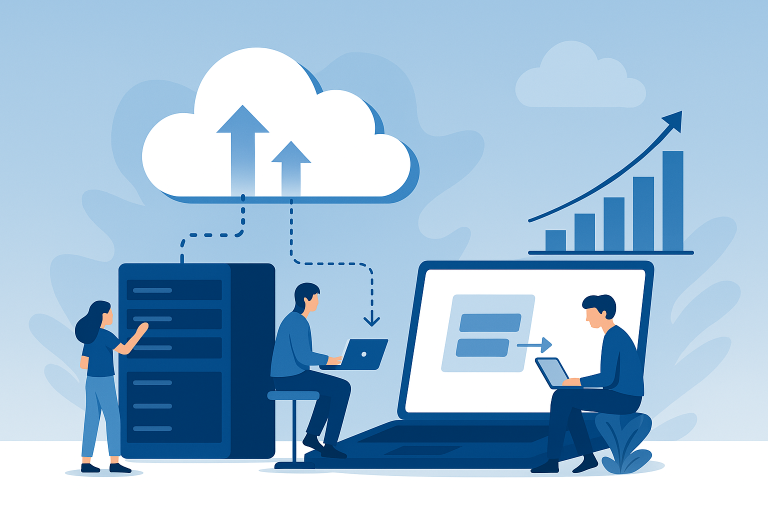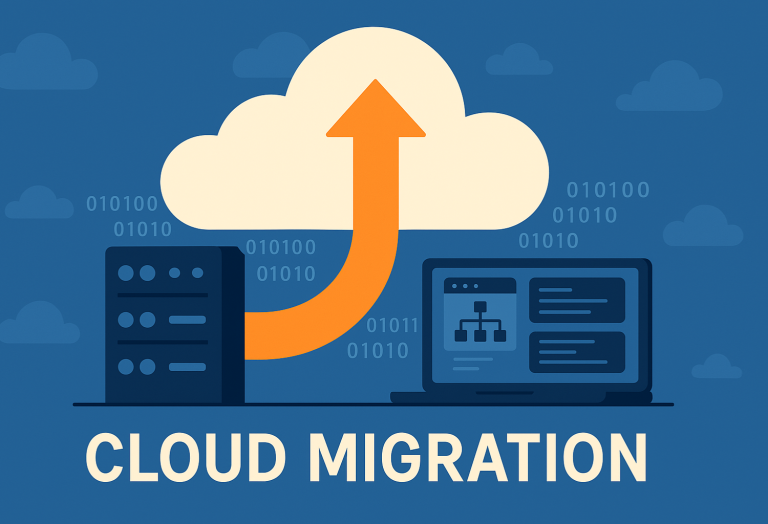
Saving Money With With Open Source Software For Small Business
Running a small business has a ton to do with overseeing resources efficiently and enhancing productivity at every possible opportunity. Open-source software can help.
Free Solutions To Costly Problems
Numerous small businesses depend on file servers, mail servers, shared calendars, and backup systems. While there are consistently commercial alternatives accessible, they are regularly at a serious premium versus actualizing an open-source solution.
Operating systems like Linux and FreeBSD offer a few points of interest to Windows or Mac OS. As a matter of first importance, they’re totally free. That implies you easily save hundreds, if not thousands of licensing costs for the operating system alone.
Top – 5 Benefits Of Open Source Software For Businesses
There are various reasons open-source software works. Yet one of the principal reasons is the community of individuals. For instance, Drupal has in excess of 100,000 individuals around the globe effectively contributing to the software. Open-source programming is crowd-sourced. it is code written and maintained by volunteers and community individuals. It is accessible and open to any individual who might want to copy, use, edit, and contribute for any reason. Subsequently, open-source software has its advantages — cost, flexibility, freedom, security, and community.
Security
The more individuals taking a gander at and testing a piece of code, the almost certain that a bug will be noticed, fixed, and fixed rapidly.
In the realm of closed sourced proprietary software, nobody outside of the organization understands what bugs are available. When a bug is found, it can frequently take weeks or months for companies to release a patch.
While open-source software may have increasingly “found bugs” than closed sourced options, those bugs are normally found before they can cause serious harm and quickly fixed.
The proprietary software risks another bug discovery after a major release and it can take much longer for a fix to be applied.
Flexibility
At the point when you become tied up with proprietary software, you are “secured” to whatever arrangement that software brings to the table. Open-source software is flexible. You can take it, use it, and change it to meet your specific needs.
The organizations that make proprietary software need to keep you locked in as well. Microsoft Windows and Office are prime examples. They are purposefully limited to work within the Microsoft ecosystem and intended to limit integration with 3rd party applications.
With open-source, your business is liberated from the software vendor’s vision, prerequisites, dictates, prices, needs, schedules, and what you do with the software you are paying for.
Community
Open-source software is built by a community of educated and passionate groups and people. They care about the importance of freedom and need their software to be usable and approachable. You’ll discover documentation, email lists, forums, wikis, newsgroups, or even live chats for each well known open source project.
Quality
Open-source software is bound to give what the end-user needs on the grounds that the individuals making it are regularly the end-users themselves. With open-source, it is anything but a matter of what the vendors believe that their customers need. Clients and developers contribute to the software they care about and they make it something that they would need to utilize—and they do it well. Truth be told, numerous businesses pick open source solutions for their technical superiority.
Cost
It’s free. All things considered, most of it is free.
This explanation alone ought to be sufficient for businesses to adopt open-source software that you get all the benefits at zero cost. Proprietary software (particularly business facing) can cost a fortune upfront or can drain you out over a yearly subscription.
Various Options of Open Source Applications Available to SMBs

Open-source applications replace expensive apps for home and business users, which now and again can liberate you from the weight of month to month subscription fees.
Around 5-7 years prior, most commercial software arrived in a box and required a flat fee for procurement. Nowadays, with the coming of cloud and software as a service, most applications require a normal monthly or yearly subscription.
These subscriptions cause it to appear as though the software has gotten increasingly affordable. All things considered, a couple of dollars a month doesn’t appear to be a ton. In any case, when you include those rehashing charges, users regularly pay more under the new subscription plans than they did under the old flat-fee arrangements. On the off chance that you utilize various applications, those charges can rapidly add up. What’s more, it very well may be especially difficult to justify the expense for a piece of software that you just use every so often.
Open-source software offers an alternative to paying those high fees. What’s more, most of the time, the open-source options are in the same class as or superior to similar commercial, proprietary solutions as we read in one of the above paragraphs.
The rundown beneath shows a number of open-source software options for home users, SMBs, and large enterprises. These applications can replace commercial products that can often lead to significant cost burdens. Regardless of whether buyers decide to purchase support or other services for their open-source software, open-source alternatives are commonly substantially more moderate than the similar proprietary solutions.
Accounting
- Frontaccounting
- Gnucash
- Turbocash
Business Intelligence
- Jaspersoft
- Knime
- Pentaho
- Spagobi
Business Process Management
- Processmaker
Computer-aided Design (Cad)
- Brl-cad
- Freecad
Customer Relationship Management
- Civicrm
- Concoursesuite
- Opencrx
- Splendidcrm
- Sugarcrm Community Edition
- Vtiger
Database
- Mysql
- Postgresql
- MongoDB
- Cassandra
- Kexi
- Firebird
Enterprise Resource Planning (ERP)
- Apache Ofbiz
- Compiere
- Dolibarr Erp/Crm
- Erp5
- Idempiere
- Odoo
- Openbravo
- Sql-ledger
- Weberp
- Xtuple Postbooks
Firewall And Unified Threat Management
- Iptables
- Endian Firewall Community
- Unravel
Office Productivity
- Openoffice
- Libreoffice
- Calligra
- Neooffice
Operating Systems
- CentOS
- Ubuntu
- Debian
- Fedora/Red Hat
- Linux Mint
- Manjaro
- Opensuse/Suse
- Zorin
PDF Tools
Pdfcreator
Project Management
- OpenProject
- MyCollab
- Ganttproject
- Openxprocess
- Taiga
Web Development And Design
- Amaya
- Aptana
- Bluefish
- Bluegriffon
- Kompozer
- Openbd
- Seamonkey
The above isn’t at all an extensive rundown. These are probably the most well-known and significant classes for business applications. Although there are many categories of open source applications and every category has a number of options. However, one thing is certain. On the off chance that you are a small business, you can run essentially your whole business on top of these open source applications. You may need to buy support for a couple of them yet even the support cost would be a lot lesser than the TCO of any subscription-based application. Luckily, we are contrasting these open source applications with a subscription-based licensing model. If we compared them in the age of all on-premise applications, this comparison would have appeared absolutely mind-blowing.

